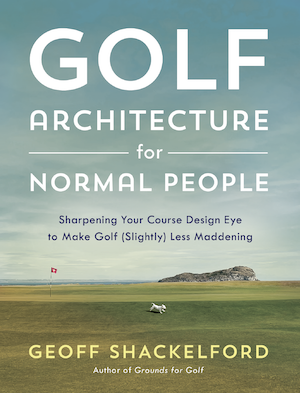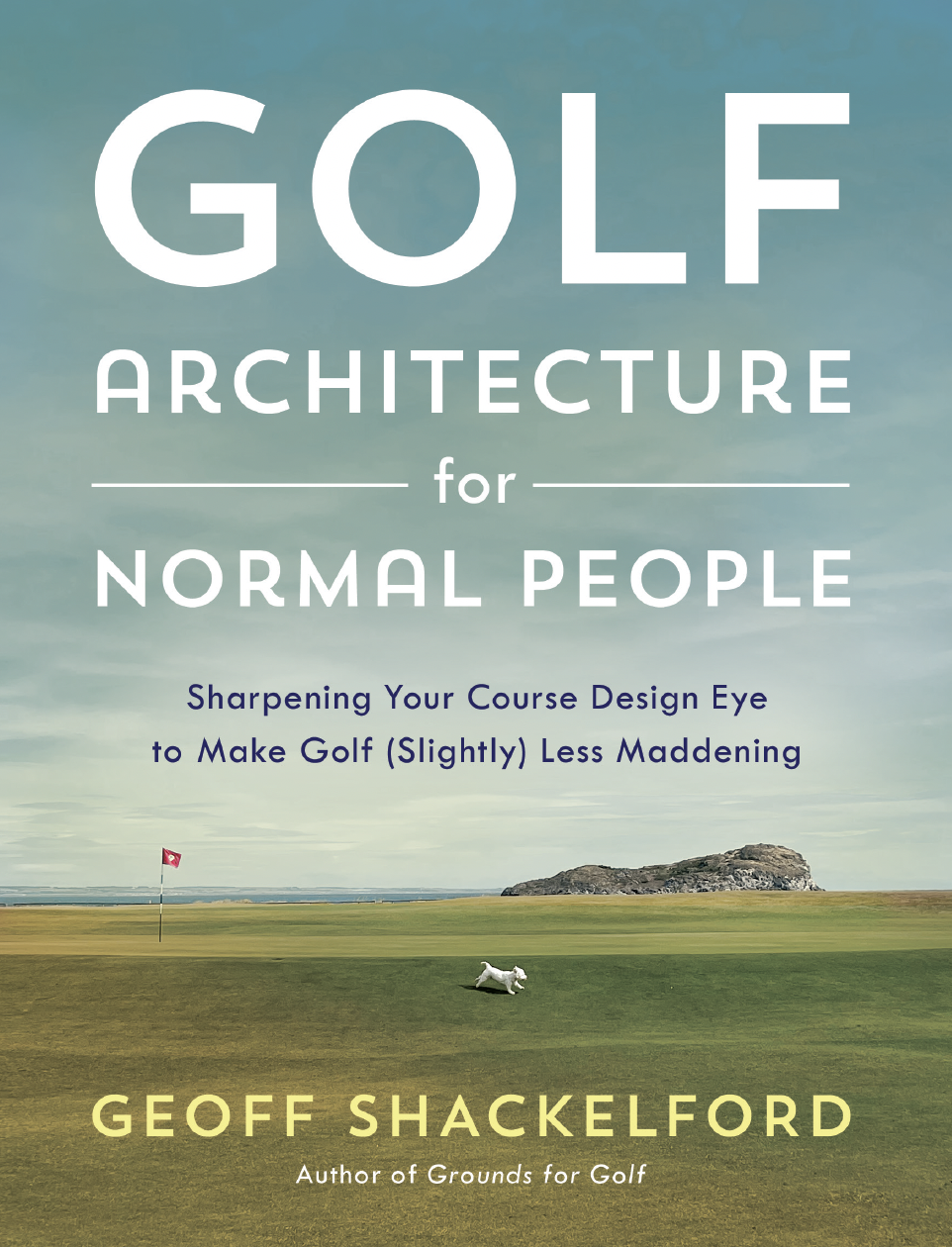Verdi: Can't Legislate Progress, Next Question
/Bob Verdi asks and answers questions.
Did technology affect golf in 2005?
A tired theme, in our opinion. You can't legislate against progress. The big story in bowling, besides Asbaty, is the new scented ball. You can now collect the 7-10 split with an amaretto ball. In tennis, it was the introduction of a magnetic racket, which instantly returns to its original shape after you hit the ball and which doesn't smell like amaretto. Yet.
So, you're really not worried about emerging technology?
I worry about technology when I call my bank two blocks away to find out whether a check has cleared and the person who picks up the phone is in New Delhi.
Here was Verdi last year writing about the issue.
Meanwhile, the piece inspired me to to offer a similar question and answer session to myself.
Did technology really impact golf in 2005, or is everyone from Jack Nicklaus to Arnold Palmer to Greg Norman to Tiger Woods suggesting this just to get attention?
A tired theme, in our opinion. You can't ask golf writers to do anything but cover stars on the PGA Tour. I mean, who wants to write about something that requires thought, historical perspective, curiousity, a grasp of science and a concern for ramifications beyond the PGA Tour?
So you're not worried about emerging technology?
Why, I'm a blogger? I'm not the one whose publication arrives in the mail three weeks after the publication date...during the non-holiday season. Or the one who calls customer service to get some Canadian telling me that postal works must be reading my issues.













